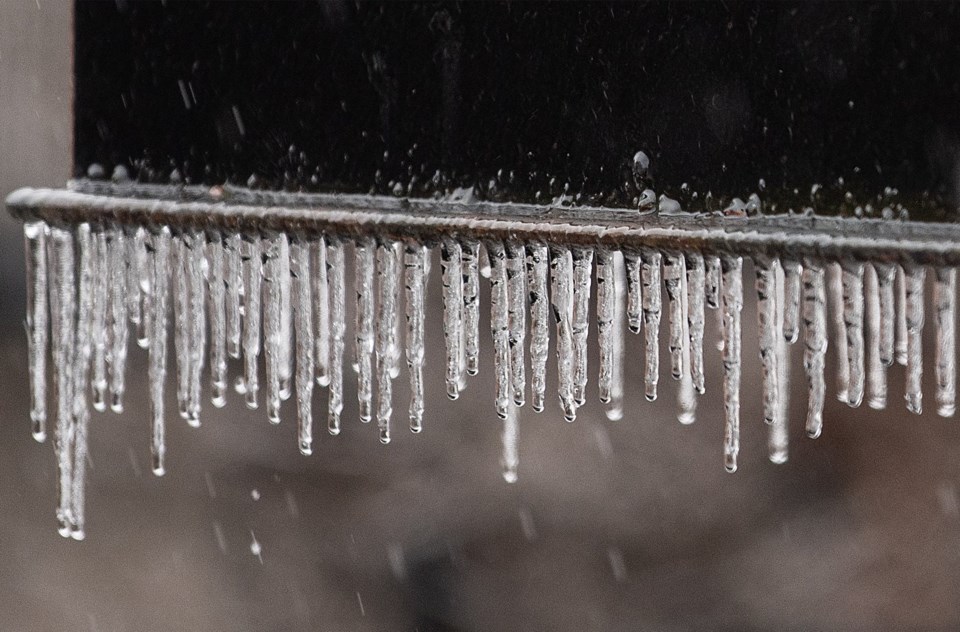Stormy weather in British Columbia has dropped more than 200 millimetres of rain on parts of the central coast and more than 70 centimetres of snow near the Alaska Panhandle.
Environment Canada says more stormy weather is on the way, which has triggered a number of warnings in northern B.C.
The agency says the winter storm that struck parts of central and northern B.C. over the weekend dumped 245 mm of rain on the Addenbroke Lighthouse about 100 kilometres north of Port Hardy, while 209 mm fell at Bella Bella's airport.
The wintry weather also dropped 73 cm of snow on Stewart, on the province's border with Alaska.
A winter storm warning is in place for Stewart and nearby areas, with up to 15 cm more snow expected Monday morning.
Further south, a stretch of the north coast including Prince Rupert is facing a forecast of almost 150 mm of rainfall, in addition to gusts reaching 100 km/h.
In the northern B.C. Interior, freezing rain warnings have been put in place for the Bulkley Valley in communities such as Smithers and Burns Lake, as well as for much of the Peace region stretching from Tumbler Ridge and Dawson Creek to Fort St. John and Fort Nelson.
Environment Canada says the freezing rain comes as a Pacific warm front passes over colder surface air in the B.C. Interior.
The agency has issued a number of snowfall warnings on both sides of the B.C.-Yukon boundary as well as for the South Klondike Highway leading to Skagway, Alaska.
The weather agency says areas closer to the coast will see up to 25 cm of accumulation, with as much as 50 cm further inland.
This report by The Canadian Press was first published Dec. 2, 2024.
Chuck Chiang, The Canadian Press




